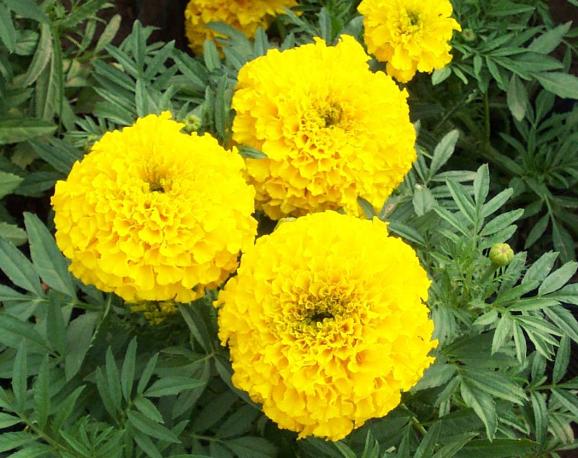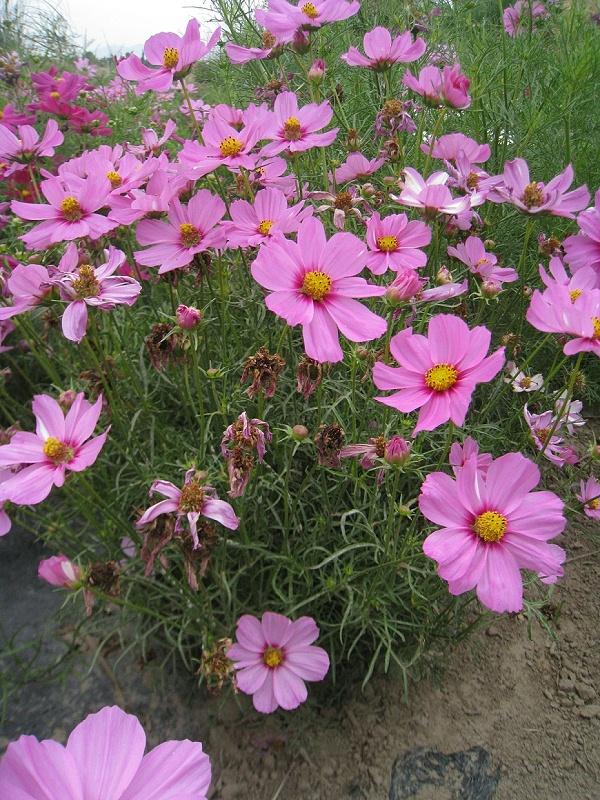Arctostaphylos, commonly known as bearberry, has an interesting story. Legend has it that Native American tribes used to believe that bears would eat the berries of this plant before entering hibernation. They believed that consuming the berries would grant them strength and resilience. This belief led to the plant’s name, as it was believed to be favored by bears. Today, Arctostaphylos is still cherished for its vibrant red berries and its association with the majesty and power of bears in Native American folklore.
Picture
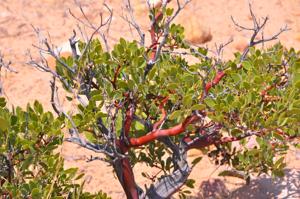
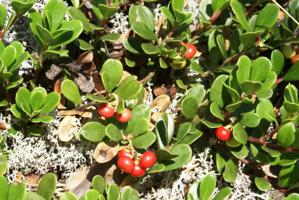
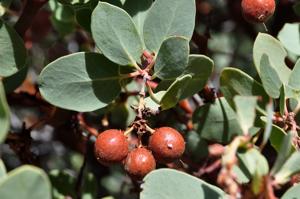
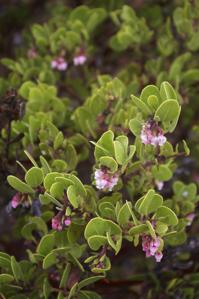
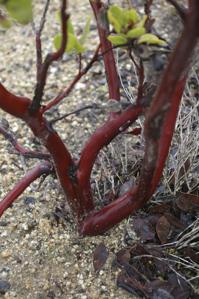
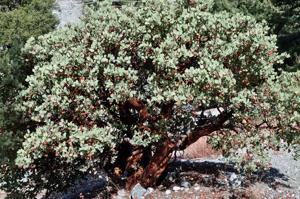
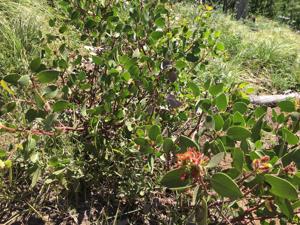
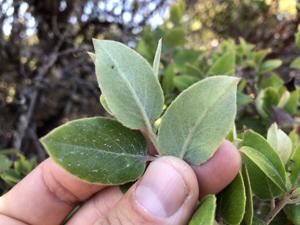
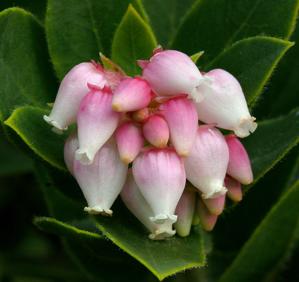
Plant some seeds now!
Short Description
Arctostaphylos (/ˌɑːrktoʊˈstæfɪləs, -lɒs/; from ἄρκτος árktos “bear” and σταφυλή staphulḗ “bunch of grapes”) is a genus of plants comprising the manzanitas (/ˌmænzəˈniːtəz/) and bearberries. There are about 60 species of Arctostaphylos, ranging from ground-hugging arctic, coastal, and mountain shrub to small trees up to 6 m tall. Most are evergreen (one species deciduous), with small oval leaves 1–7 cm long, arranged spirally on the stems. The flowers are bell-shaped, white or pale pink, and borne in small clusters of 2–20 together; flowering is in the spring. The fruit are small berries, ripening in the summer or autumn. The berries of some species are edible.
Arctostaphylos species are used as food plants by the larvae of some Lepidoptera species including Coleophora arctostaphyli (which feeds exclusively on A. uva-ursi) and Coleophora glaucella.
Cultivation
Cultivation is generally difficult due to fungal diseases, and often salinity and alkalinity. Overhead watering should be avoided in hot weather. Some cultivars are easier to grow.


